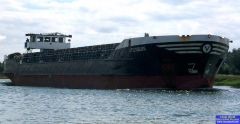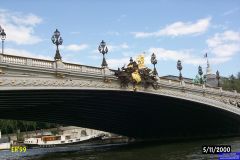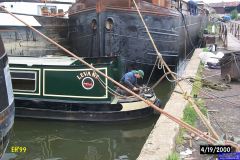Many thanks Gibbo for taking the time to deal with this. For me “technical” has the same meaning as juju. I perform the actions required and expect the great oompah to shower me with bounty. If told to light joss sticks and chant at the batteries, I would see it as no different to my assiduous watering (distilled, of course – but happy to use 4711, if the manual demands it) of the cells. I use Johnson’s baby Vaseline on the terminals and they would pass muster at Horse Guards. I will assume that as I water the batteries, they are wet cells. I bought them at the tractor spares depot, taking the cheapest I could find ( batteries are more expensive in France).
I know – sorry - I believe the batteries were fully charged, because when I switched on the battery management system, it ran through the checks and the magic eye turned green within four minutes. I was there for three days and had the same result each day.
As to what loads are left: I switch off the battery isolator switch; water pumps are switched off; and the phone is switched off ( this is wired to the starter battery).
If I take your figure of wet cells self discharging at about 1% to 2% per week, over the period of 14 weeks, the expected loss would be between 14% and 28%. Yet the little dears produced the green eye after the four minute check. It will be another 10 weeks before I return and I expect the batteries to be fine. But it is leaving them year after year for these long periods that made me think about the solar panel.
I have seen an advert for : “The Sunsei SE 400 (6W) can slowly charge large 12V deep-cycle batteries, protecting them through long storage periods. Connects in seconds . . .Includes built-in discharge protection . . . Charge controller, a rough rule is that if the panel puts out 1/60th or less per day of the rated battery capacity, you don't need one. “ Cost £60, not bad, if it saves me having to pay for a crossing a couple of times each winter. But, I fear that if the batteries are holding a full charge, this thing might over charge them, which I understand, sorry, believe, is just as bad as letting them run down.












